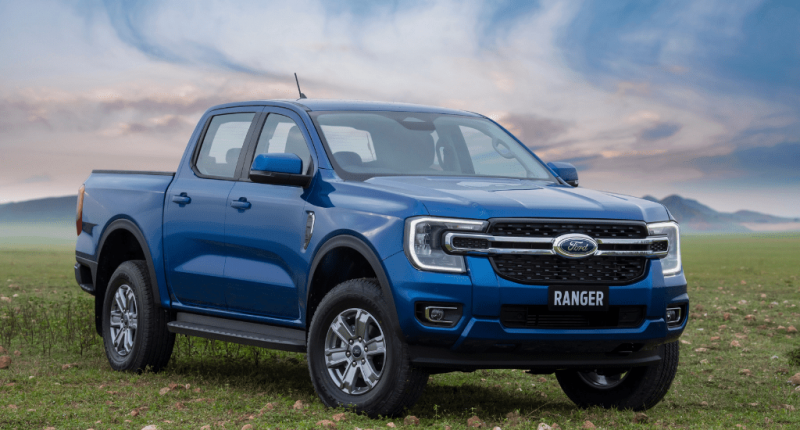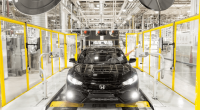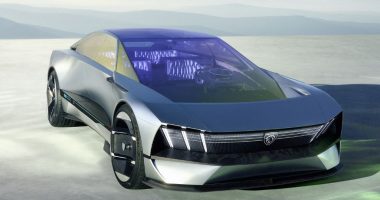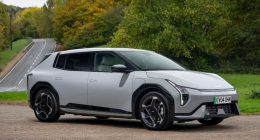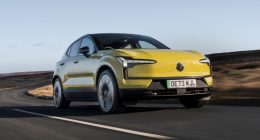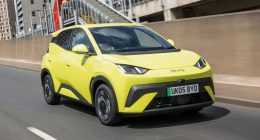Available with a choice of new engines and transmissions, the latest example of Ford’s steadfastly popular Ranger pick-up is said to be the “smartest, most versatile and most desirable” it has ever produced.
Ensuring the design of the new model is just right is crucially important for bosses at the Blue Oval considering that last year alone, more than 13,000 Ranger models were registered by UK dealerships.
The Mk4 adopts a bold design that has been inspired by the American market F150 and Bronco SUV. The biggest nod to these models can be found at the front of the Ranger, in particular the C-shaped DRLs and deep bar that runs across the grille and into the headlights.
For the first time, buyers can specify Matrix LEDs – one of the priorities that came top of the list during the “5,000 interviews and dozens of workshops” Ford says it held with existing customers. At the rear, the tailgate now has the Ranger name stamped into the metal and the vertical tail-lights feature a more intricate arrangement. Also new is the step at either side of the rear bumper to make access to the loadbed easier.
“When we met with our customers and observed how they climbed up to the load box, we saw a big improvement opportunity,” said Anthony Hall, Ranger vehicle engineering manager. “There were people stepping on the tyre and then going over the side of the truck or hoisting themselves onto the open tailgate.”
Housed on a stronger chassis that is 50mm longer than its predecessor, the track has also been stretched by 50mm and the front wheels moved forward by the same amount for a better approach angle when off-roading.
Power comes from the 2-litre four-cylinder turbo diesel found in the existing Ranger, with a mix of single and twin-turbocharging used. These are expected to be trumped by the introduction of a 3-litre, V6 diesel, although no performance figures have so far been released.
Engineers have worked more space into the engine bay than before to “future proof the Ranger for other propulsion technologies” – the strongest hint yet that a plug-in hybrid is on the cards. At the heart of this is likely to be the firm’s 2.3-litre petrol EcoBoost engine.

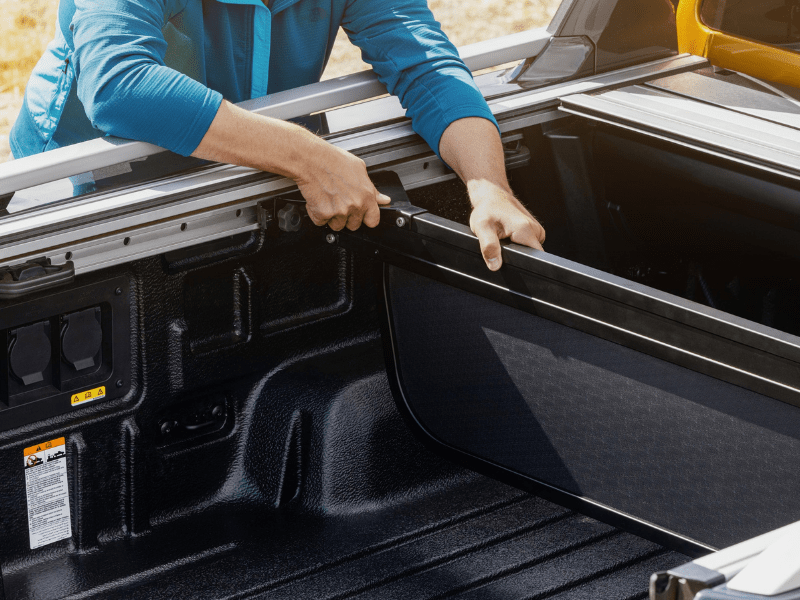
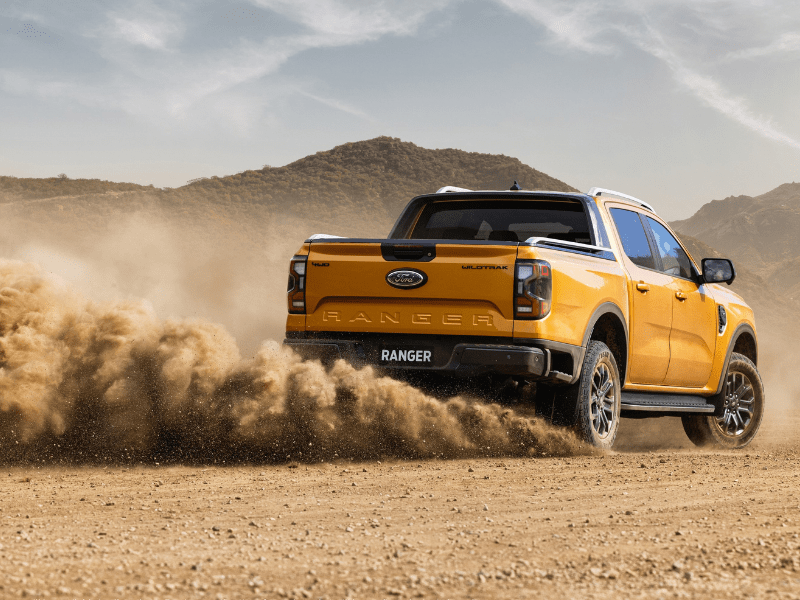
Touchscreens, loadbed compartments and tail-gate redesign are among the changes on new Ranger
Also new are the 5- and 6-speed manual transmissions that send power to the rear-wheels only, or all four depending on the user’s needs. Changes have been made to the 10-speed automatic which is lighter this time around, while reconfigured ratios are intended to improve towing capability at much lower revs.
Customers can also choose from two, four-wheel-drive configurations – a basic set-up that relies on manual selection, and a more advanced, on-demand system that is electronically controlled via a small rotary dial positioned on the lower console.
Most vehicle functions are selected either via a 10- or 12-inch centre touchscreen, including key off-roading controls as well as dedicated information on the driveline, steering angle, vehicle pitch and roll angles. Loaded with Ford’s ‘SYNC4’ software, it is joined by a digital instrument binnacle. Improvements also appear to have been made to the quality of materials used in the construction of the cabin. Oddment storage has also been upped, both in the front and the rear of the vehicle.
Finished with a plastic-moulded cover, the load bed gets extra tie down points to secure loads, a cargo management system made up of dividers to hold items like timber or toolboxes in place, and all-round lighting to make it easier to work around it. This is in addition to an onboard inverter in the rear that offers 400W of power, and over 150 accessories that will be available from launch.
Order books for the all-new Ford Ranger will open in late 2022, with deliveries beginning at the start of 2023. Pricing and final specifications are set to be announced closer to the on-sale date.
